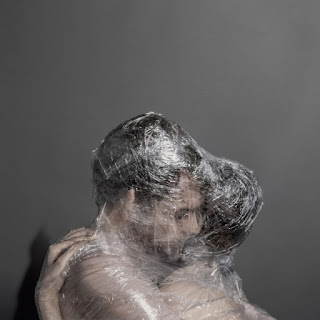Definitions:
- Fine Art: It refers to an ambiguous category of photography in which the photograph is created based upon the photographers creative vision; generally the image has an important implicit meaning.
- Documentary: A photographic style that depicts chronicles or important events significant to history and everyday life.
These forms of photography differ from commercial photography because they hold powerful implicit messages that often challenge society. Commercial photography is often to sell a product or lifestyle and is supportive of society rather than critical of it.
Fine art photography is a visual art whose products are to be appreciated primarily or solely for their imaginative, aesthetic or intellectual content.
Photographers:
Fine art photography is a visual art whose products are to be appreciated primarily or solely for their imaginative, aesthetic or intellectual content.
Photographers:
- Tom Hunter
- Ansel Adams
- Nadege Meriau
- Nick Knight
Examples:
Practice Analysis -
http://www.holocaustresearchproject.org/ghettos/grossman.html
Name: Mendel Grossman
Year: 1939
Location: Poland, Lodz ghetto
Subject: Jewish children in the ghetto
Studium: Children at play
Punctum: Oppressive arm band, smiling child
Implied: Use of factory tower behind mimics the gas chambers and execution methods
Context:
- Mendel Grossman was evicted from his home as a jewish man and was made to live in the ghettos with his extended family where they awaited punishment and execution from various means such as hanging, beating and gas chambers then incineration.
- Mendel Grossman found his way into the parties of the elite in the ghetto where he witnessed extravagant living which contrasted the poor starving conditions of the others.
- The Jewish inhabitants of the ghetto came from Austria, Germany, Czechoslovakia, and Luxembourg.
- The child with the arm band is wearing the uniform of the policemen of the area, these men were in charge of keeping control in the ghetto.
- Mendel discovered a church that had been adapted and called "Institute for Feather Cleaning" but instead it was the feathers from the bedding of Jews who had been persecuted and sent to their death.
- The negatives from the photographs were kept in tin cans to be hidden from his oppressors.
- Mendel photographed a mass open grave of people who had dies from suffocation of tightly packed trains. He marked the chests of the bodies with numbers which corresponded with numbers on graves at a later date; this allowed families to identify their loved ones.
- Grossman distributed the prints of his photographs, keeping only the negatives for himself, between peers of the ghetto hoping some would survive to document the atrocities.
- Grossman was sent to a labour camp in Reich where he worked until he died on a death march with his camera still round his neck.






No comments:
Post a Comment